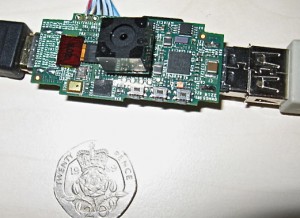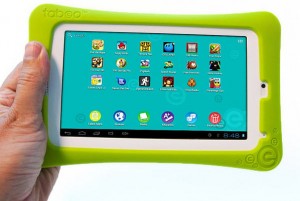By
Rob ScottFebruary 15, 2013
In his State of the Union address Tuesday evening, President Obama proclaimed, “now is the time to reach a level of research and development not seen since the height of the Space Race.” Obama is pushing a variety of new energy and technology initiatives, including a network of high-tech manufacturing hubs and a new Energy Security Trust designed to redirect oil and gas revenue to fund tech research that will address our dependency on oil. Continue reading President Obama Announces New Energy and Tech Initiatives

Game Developer David Braben, founder of UK-based Frontier Developments, has been working on a project to facilitate computer programming curriculum in schools. Braben argues that computer education has shifted from programming toward basic computer use skills. Usage training is important, but its prevalence has resulted in a lack of knowledge regarding basic programming skills and an understanding of computer architecture and hardware.
 To address this issue, Braben has developed a small $25 USB stick PC with a HDMI port on one end and USB port on the other. By plugging the HDMI socket into a TV or monitor and connecting a keyboard via USB, the stick provides a fully functional machine running Linux. The stick can handle web browsing, run applications, and much more. Braben hopes that such a device can be distributed to students for free so that computer courses can be developed around its use.
To address this issue, Braben has developed a small $25 USB stick PC with a HDMI port on one end and USB port on the other. By plugging the HDMI socket into a TV or monitor and connecting a keyboard via USB, the stick provides a fully functional machine running Linux. The stick can handle web browsing, run applications, and much more. Braben hopes that such a device can be distributed to students for free so that computer courses can be developed around its use.
According to Geek.com: “The hardware being offered is no slouch either. It uses a 700MHz ARM11 processor coupled with 128MB of RAM and runs OpenGL ES 2.0 allowing for decent graphics performance with 1080p output confirmed. Storage is catered for by an SD card slot.” The photo above shows the Raspberry Pi device with an attached 12 megapixel camera module. (The Geek.com report also includes an interesting video interview with Braben.)
Braben’s USB stick PC plans to be distributed through a charitable foundation called the Raspberry Pi Foundation. He hopes to distribute the device within the next 12 months.
Based on its cost and portability, we could see a range of applications outside the classroom.



